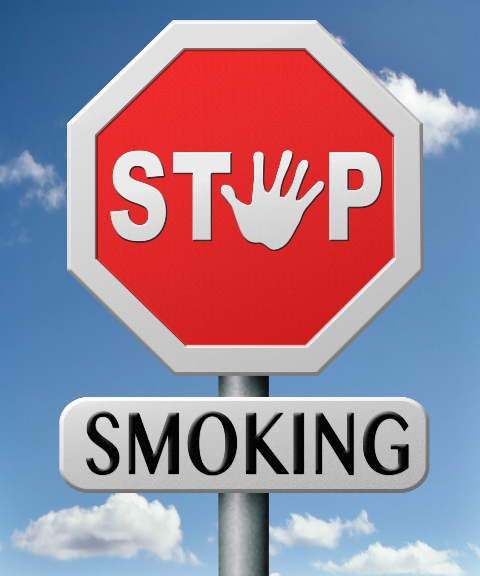By Janice Mann and Sarah Jennings
Quitting smoking. It’s an endeavour that strikes fear and loathing even in the bravest of hearts. And it’s no wonder. Smoking is a complicated addiction with both physical and psychological factors at play. Not only do smokers crave the nicotine found in cigarettes, they’ve also formed a lot of habits that revolve around their smoking. So it’s a major undertaking to attempt to quit. But it’s one that’s well worth the effort – even if it does usually take several tries.
Although smoking is on the decline in Canada, more than 30 per cent of hospital beds are occupied by adults who are there because of health problems caused by their smoking. Smoking is a major risk factor for cancer, as well as for respiratory and cardiovascular diseases. But unlike some of the other things that put us at risk for these health problems, our smoking risk factor can be changed — by quitting.
MORE: SCREENING FOR SUPERBUGS IN THE ERA OF ANTIMICROBIAL RESISTANCE
One in three of the 18 per cent of Canadians who smoke wants to quit within the next 30 days. But what is the best way to quit? It seems everyone has an opinion, but what really matters in important health decisions is knowing what the evidence says. And when healthcare decision-makers in Canada want to know what the evidence says, they turn to CADTH — an independent agency that finds, assesses, and summarizes the research on drugs, medical devices, tests, and procedures.
In 2010, CADTH conducted a major review of the drugs that are available to help people quit smoking, to see if they really do help. These medications, sometimes referred to as smoking cessation aids, include varenicline (also known by the brand name Champix) and bupropion (also known by the brand name Zyban). Varenicline is a prescription drug that affects nicotine receptors in the brain. It reduces the cravings for cigarettes and decreases the pleasure people experience from smoking. Bupropion is a prescription antidepressant. Exactly how it helps people stop smoking isn’t fully understood. The review also included nicotine replacement therapy, frequently referred to as NRT. NRT delivers the nicotine that would otherwise come from tobacco use and helps relieve or prevent cravings. NRT is available without a prescription in various forms, such as a patch, gum, lozenge, or inhaler. When CADTH looked at the evidence from research, it showed that varenicline, bupropion, and NRT can all be more effective than trying to quit without using a smoking cessation aid. NRT or varenicline may double your chance of quitting, and bupropion could triple your chances of success.
Since the original review of the evidence in 2010, CADTH has conducted several rapid evidence reviews to ensure the information remains up to date. And although some smaller studies have been found that don’t show any benefit of these drugs, the bulk of the evidence continues to show that varenicline, bupropion, and NRT are all effective in helping people to quit smoking and remain smoke-free one year later.
MORE: Ankyloglossia (tongue -tie): Latching on to the evidence
So what does all this evidence mean for smokers, their families, and their healthcare providers? It shows that using a medication to help you quit is more effective than going it alone; in other words, these drugs can help you increase your chances of successfully quitting. Since the evidence also shows that NRT, varenicline, and bupropion all increase your chances of quitting, it means each person who smokes can decide which of these options best suits them and their lifestyle – one size does not have to fit all. And finally – smokers can choose to save the cold turkey for leftovers, and not feel that it’s their only strategy for quitting.
If you would like more information on the CADTH evidence reviews for quitting smoking, you can find it at www.cadth.ca/smokingcessation. And if you’d like to learn more about CADTH, visit www.cadth.ca, follow us on Twitter: @CADTH_ACMTS, or talk to our Liaison Officer in your region: www.cadth.ca/contact-us/liaison-officers.
Janice Mann and Sarah Jennings are Knowledge Mobilization Officers at CADTH.




